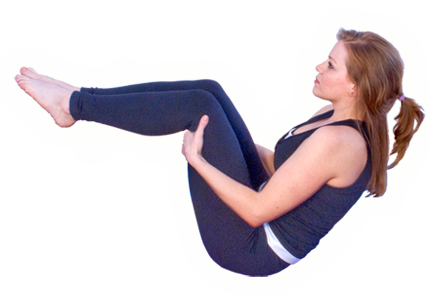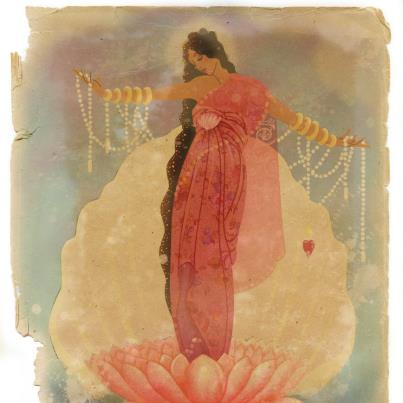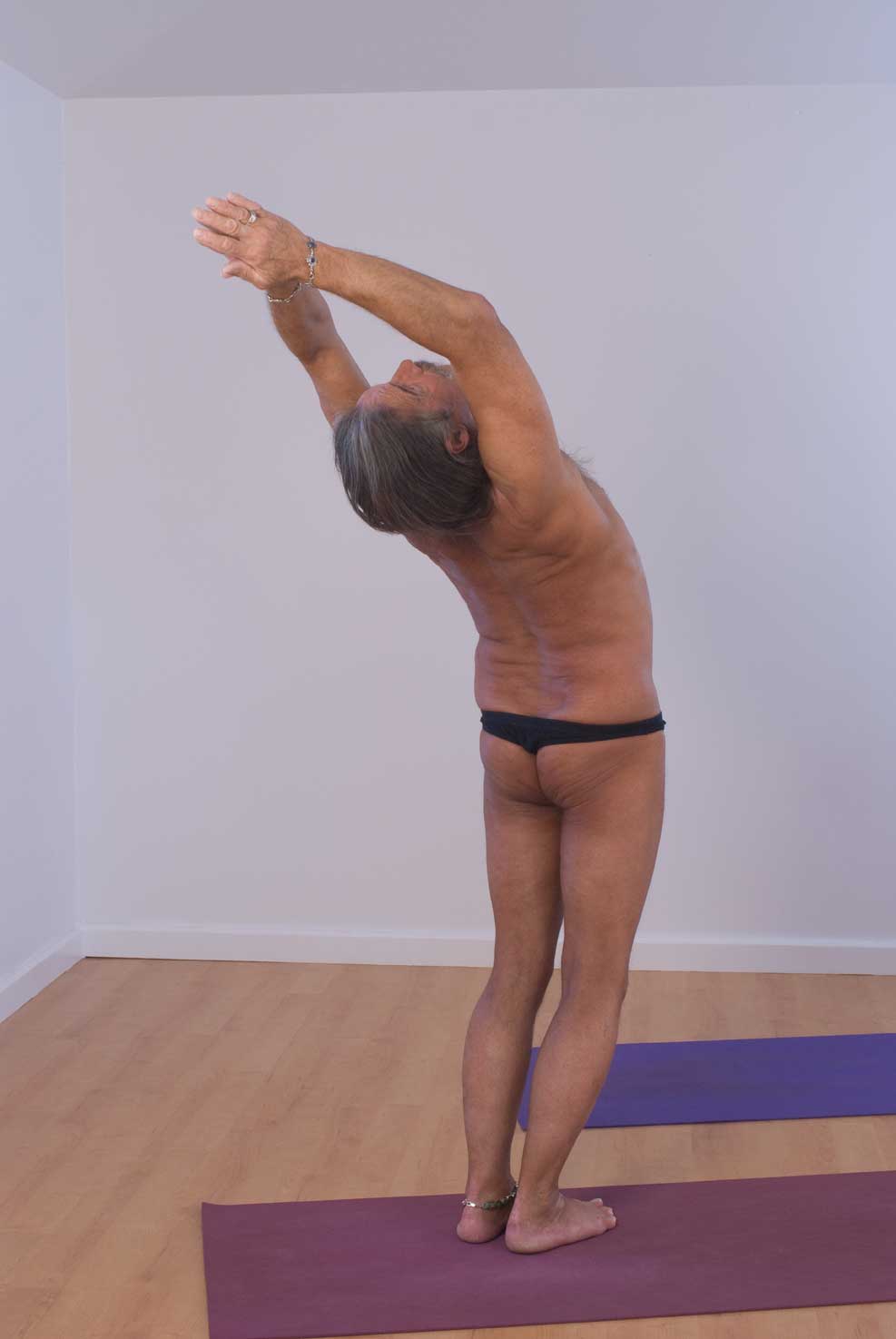The newborn enters the world separate from the mother. It exhales, and then inhales a first breath. Breathing begins with an exhalation and the last breath at death is an inhalation. With that first breath cycle, the new being draws life force into the body as an individual for the first time. This is the moment of the beginning of life. The spirit enters the body. Before the now sentient being was a complex growth within the mother’s body. At the moment of life, with that first breath cycle, the circulation of blood in the infant’s body reverses direction. The heart pumps in the opposite direction and the blood that was being pushed through the veins out through the circulatory system is pushed through the arteries and returns to the heart through the veins. A soul has entered the little body, having picked the perfect set of parents, in the perfect set of circumstances, to give it an opportunity to experience what’s necessary for this cycle of spiritual growth. Weight Loss Through Yoga, Jewel in the Lotus — page 60.








